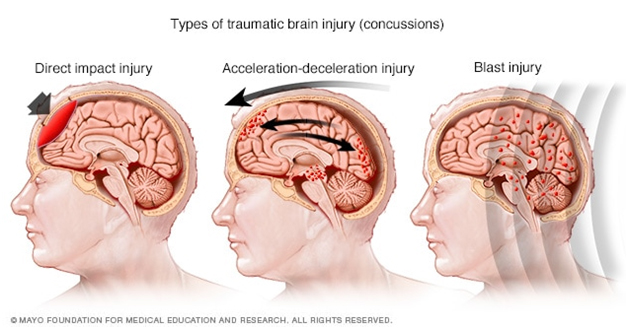
In an alarming article published in a newspaper in Puerto Rico (San Juan Star), there was a description of what happened to a police officer from California when he was going to train at a Brazilian Jiu-Jitsu place. While applying a technique of this art or sport, I’m not really sure what it is, he suffered a knee flexion pressure that forced him to stop practicing. He also had a great difficulty in working at his full capacity for more than six months. This article triggered a serious reflection on one of the proposals of Taekwon-Do in its connection to health. General Choi Hong Hi, as the founder of Taekwon-Do, always cared about the health benefits that Taekwon-Do training brings. Moreover, this is well explained in his Encyclopedia (Volume I, pages 69 to 72).Personally, I have given lectures on this topic, mentioning the benefits and advantages of practicing this martial art in various important places (Rotary Club in San Juan and the School of Medicine and Sciences in Ponce, both in Puerto Rico), among others. The original sports rules of Taekwon-Do spoke of stopping strikes 2 cm from the target when using bare hands, producing a light touch when using pads or protectors. It’s important not to forget that Taekwon-Do as a martial art is about directing kicks and hand strikes to critical points for use only in self-defense. Time has passed, and the current wave of tournaments has led to indiscriminate use of attack tools, forgetting the original intention of prioritizing the participants’ health. Boxing and MMA have professional participants who typically risk their physical integrity for money, not for a medal. That’s their job. Professional boxing and MMA are not considered martial arts; they are sports with a high risk to the human body’s integrity. To understand this point clearly, it is necessary to define what a martial art is. Martial arts are military arts or arts used in times of war. So, the intent of a tool applied in self-defense is very different from the same technique used in a sports competition. The rules, referees, judges, and organizers will never admit a martial intent in competition. Nobody wants a death in a confrontation. Killing or severe injury would be the result of a martial dispute. Being recognized or not with a medal is the outcome in a competition. A strike due to a controlled attack on some part of the body is accepted in martial arts training, but not an injury that prevents normal social development. Any contact to the head is considered dangerous because of the potential consequences that can appear over time. All individuals who participate in professional confrontations are aware of this; however, they accept the physical risk because of the money involved. Eastern martial arts were originally developed for wartime use. Over time, they became social practices in that part of the world. In the twentieth century, due to immigration from people of Asian origin, these arts became known in the West. Under proper regulation, some of them became Olympic sports. In Taekwon-Do, the health benefits are very well explained. Those entities and instructors who do not adhere to this basic consideration should be socially rejected due to the risk involved in such practice and should be considered misleading by the general audience. It is necessary to remember that children are involved in martial arts practices. Parents take them to martial arts training seeking discipline, proper use of social relationships for their personal lives, and basic knowledge of self-defense to prevent bullying in their schools. Occasionally, these aspects are forgotten in the hands of instructors who have lost that goal in their pursuit of a winner. Instruction in martial arts is one that encompasses all aspects of life: health, discipline, philosophy, and proper relationships. In other words, it can be a wonderful way to help the human being. In the wrong hands, it can become the opposite. Thank you for your time.
SGM Ricardo Desimone
To be aware read again the previous notes